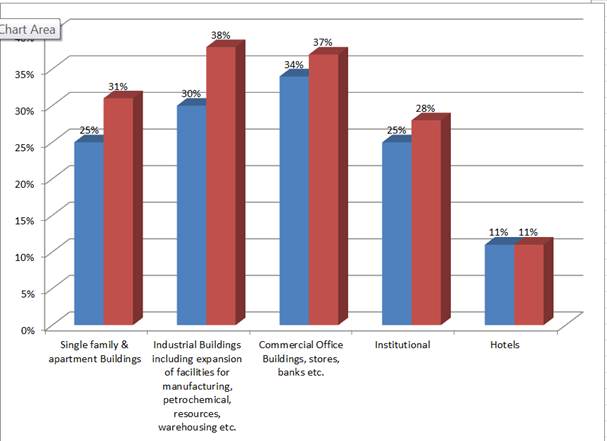3 étapes faciles pour couvrir le temps d’un employé improductif

Si votre entreprise paie à un taux horaire un employé qui ne produit pas, il serait primordial de savoir comment transformer les frais encourus, en coûts de main-d’œuvre. De cette façon, ce sont vos clients qui couvrent les pertes et non vos profits. La façon d’y parvenir est très simple. Le temps improductif représente les heures que vous devez payer à un employé, lorsqu’il n’engendre pas de revenu à l’entreprise. Essentiellement, c’est ce qui réfère aux heures non facturables. Voici quelques exemples fréquents.
If your business pays an hourly employee for non-productive time,you’d better know how to build it into your labour charges so your customers are paying for it, not your profits. The theory for how to do it is actually very simple.
What is non-productive time?
Nonproductive time is the hours you must pay an employee for, when he or she is not producing income for the business. Basically it’s what is typically referred to as non-billable time. Non-productive time can fall into a variety of categories. Here is a brief list of common examples:






3 steps for including non-productive time in your labour rates
In order to pay an employee for his or her nonproductive time a contractor must charge enough for that employee’s annual billable hours to also cover the non-billable hours. To figure out how much to charge, follow these simple steps.
1. Add up the total annual cost to the business to compensate and support the employee. In addition to hourly wages, here is a partial list to help you out. Add any others specific to your business.









2. Add up the total annual non-billable hours for that employee and subtract them from total paid hours to determine that employee’s total available billable hours.
3. Divide the total annual cost to compensate and support the employee by the total annual billable hours for that employee.
The resulting number is what you need to charge for each billable hour so it will, over the course of a year, bring in the money needed to pay that employee for all billable and non-billable hours.
Here is an example to help show how the math works.The example assumes an annual cost of $60,000 to compensate and support the employee. It also assumes the employee will be paid for 2080 hours but can only be billed out for 1900 hours:
• $60,000.00 ÷ 1900 billable hours = $31.58/Hr billable hourly rate
To prove the example above works, simply multiply the billable rate by the number of billable hours to prove it will produce the total amount of money you will need to cover the cost of the employee for the entire year.
• 1900 Billable hours X $31.58/Hr = $60,002.00
It’s that simple! Kinda…
Figuring out what to charge to cover your employee’s nonproductive time is simple to do, but here are a few caveats to keep in mind so you don’t come up short on the money you need.
• If the employee doesn’t work all of the assumed billable hours, you will not collect enough money. So, if you have an employee who is constantly sick or is unreliable, realize that even though you may not be paying the employee for the missed time, that missed time is not contributing to the dollars you need to cover the total annual cost of the assumed non-productive time.
• If in your billable hourly rate you included the costs of items required to support the employee, you will also come up short on the money you need to pay for those items as well.
 Shawn McCadden is a consultant, educator and speaker for the remodelling industry who offers business consulting and coaching services for remodelling business owners who want more for and from their businesses and their lives.He also consults with construction-related product manufacturers and suppliers, helping them understand, find, educate and better serve remodelers.
Shawn McCadden is a consultant, educator and speaker for the remodelling industry who offers business consulting and coaching services for remodelling business owners who want more for and from their businesses and their lives.He also consults with construction-related product manufacturers and suppliers, helping them understand, find, educate and better serve remodelers.
Check out Shawn’s website http://www.shawnmccadden.com — and blog http://www.shawnmccadden.com/Subscribe-to-The-Design-Builders-Blog. Also check out these Shawn McCadden articles published in LME:
Also check out these Shawn McCadden articles published in LME:
– Ne pas sous-estimer le potentiel de votre système d’estimation
– Comparer votre marge de profit avec celle de vos concurrents est une pratique à risque
– Ne faites pas courir des risques inutiles à votre entreprise avec une marge de profit improvisée
– Plan de participation aux bénéfices pour les entrepreneurs
– Montrer l’exemple: amener les employés à penser comme des propriétaires











